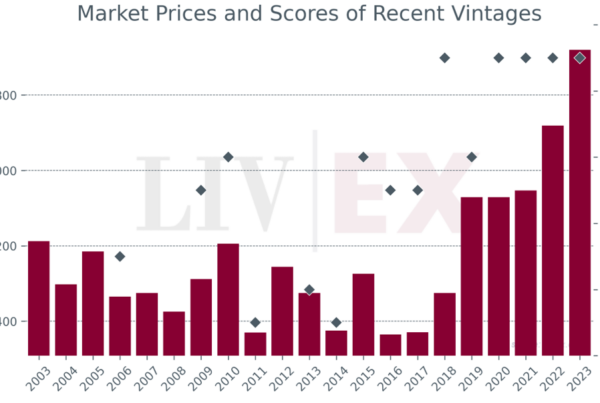
History
The history of Sylvain Cathiard began in the 1930s when Cathiard’s grandfather moved to Burgundy from the Savoie area of France and found work with Domaine de la Romanée Conti and Lamarche. He later purchased a small number of vineyards which were subsequently managed by his son André, who was the first of the family to bottle his own wine.
Sylvain began working for his father before taking on his own small domaine. He eventually took over the family vineyards following his father’s retirement in 1995. His own son Sebastien has since joined him, and is now making the wines.
Although based in Vosne-Romanée, Cathiard’s 5.5ha of vines also span Nuits-St-George and Chambolle-Musigny. The family’s additional small parcels include plots in Clos Vougeot and Romanée-St-Vivant.
2014 Vintage
Speaking to Allen Meadows (Burghound), Sebastian Cathiard described the 2014 campaign as “much less complicated than either 2012 or 2013 but it wasn’t without some challenges.” Yields were back to levels seen in 2009 and before, potential alcohols were good (11.8-12.8%) and skins were thick. No chemicals were used in the vineyard in 2014, and the amount of new wood and toasting of the barrels were both reduced.
Vosne-Romanée, Les Malconsorts, 2014
“In a word, brilliant”, said Allen Meadows, who awarded it 93-95 points. Neal Martin describes its “cerebral bouquet, beautifully defined”, adding that “the fruit here is very enmeshed with the oak”. He concludes: “Its persistence is awe-inspiring” and scores it 95-97.
Sylvain Cathiard, Romanée Saint Vivant, 2014
Allen Meadows describes this as “a wine of harmony and finesse that is beautifully balanced” (93-96 points), while Neal Martin observes its “dizzying, seductive intensity” and asks “One of the wines of the vintage? Most certainly. Bravo Sebastien.” (96-98 points).
Market Trends
Sylvain Cathiard’s recent secondary market performance is characterised by rapid price increases: in the 2015 Power 100, it climbed to 4th place when ranked by price performance, the highest position for a Burgundy brand.
Price history for Vosne-Romanée, Les Malconsorts, 2004 exemplifies this: it has been available in the market for just under ten years and its market price has jumped from £550 per 12×75 to £2,400: an increase of 336%. Romanée Saint Vivant, 2004 increased from £1,590 to £8,402 – up 428% – over the same period. To put this into context, the Burgundy 150 index is up 168% over ten years; the Liv-ex 100 has gained 107%.

The Les Malconsorts and Saint Vivant labels are the most active on the secondary market, collectively accounting for over 80% of Sylvain Cathiard trade historically. When comparing scores* against market prices, closer correlation is shown by the lower priced Les Malconsorts. As shown in the first chart, vintages with higher scores tend to demand slightly higher prices, though the 2006 and 2004 vintages do look to offer relative value.

Less correlation is shown by Saint Vivant, where overall vintage quality appears to have greater impact on prices than its scores: the 2005, 2009 and 2010 vintages command significant premiums on other years.

*Where only barrel ranges are available, the mid-point of the score is used.
Sources: www.burghound.com; www.erobertparker.com
[mc4wp_form id=”18204″]



